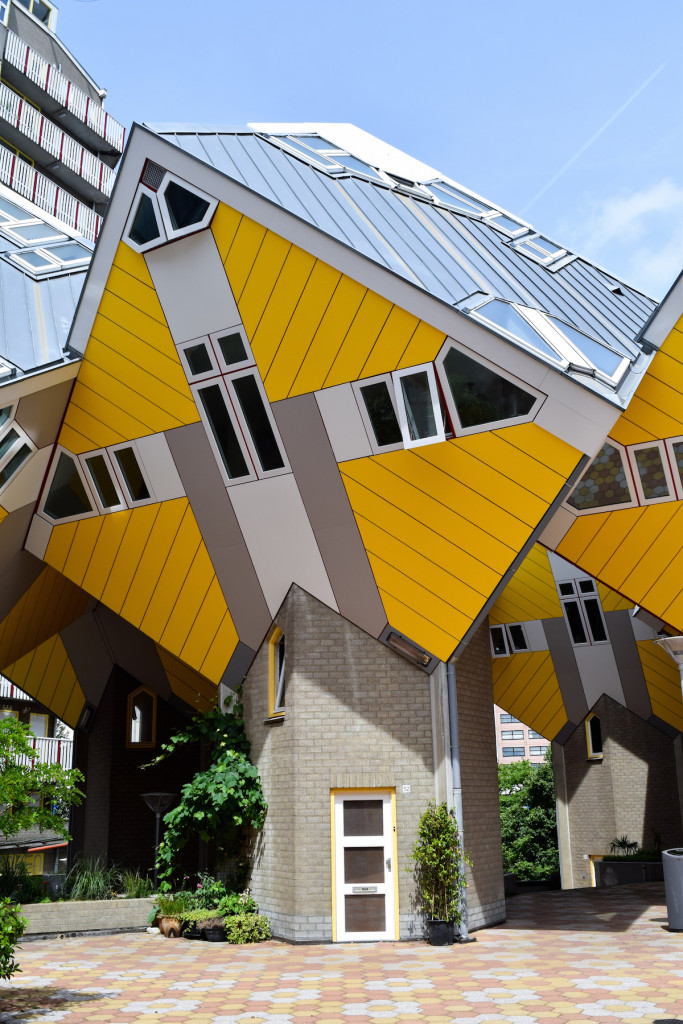The Devastation of Rotterdam in 1940
On May 14, 1940, the city of Rotterdam was subjected to a devastating aerial bombardment by the German Luftwaffe. This attack obliterated the historic city center, leaving approximately 24,000 homes destroyed and 80,000 people homeless. The immediate aftermath was a landscape of rubble and ruin, with only a few structures, like the Laurenskerk, surviving the destruction.
The Visionary Rebuilding Plan
In the wake of the destruction, Rotterdam faced the monumental task of rebuilding. Unlike other European cities that chose to restore their historic centers, Rotterdam opted for a modern approach. The city planners, led by architect W.G. Witteveen and later Cornelis van Traa, envisioned a new urban landscape. Their plan emphasized open spaces, wide streets, and modernist architecture, setting the stage for Rotterdam to become a hub of innovative design.

Iconic Structures and Modernist Influence

Rotterdam's post-war architecture is characterized by its bold, modernist structures. The Lijnbaan, opened in 1953, was Europe's first pedestrian-only shopping street, reflecting the city's forward-thinking approach. Another significant project was the Groothandelsgebouw, a massive commercial building that symbolized economic recovery and modernity. These structures, along with the Euromast and the Cube Houses designed by Piet Blom, showcase the city's commitment to architectural innovation.

The Role of the Erasmus Bridge
Completed in 1996, the Erasmus Bridge, known locally as "The Swan" due to its graceful design, became a symbol of Rotterdam's architectural renaissance. Designed by Ben van Berkel, the bridge connects the northern and southern parts of the city, facilitating urban expansion and integration. Its striking appearance and engineering prowess have made it an iconic feature of Rotterdam's skyline.
Rotterdam Today: A City of Architectural Marvels
Today, Rotterdam is celebrated for its diverse and daring architecture. The Markthal, a horseshoe-shaped residential and market building, exemplifies the city's blend of functionality and aesthetics. The De Rotterdam complex, designed by Rem Koolhaas, further cements the city's reputation as a leader in contemporary architecture. These developments have transformed Rotterdam into a vibrant urban center, attracting architects and tourists from around the world.










